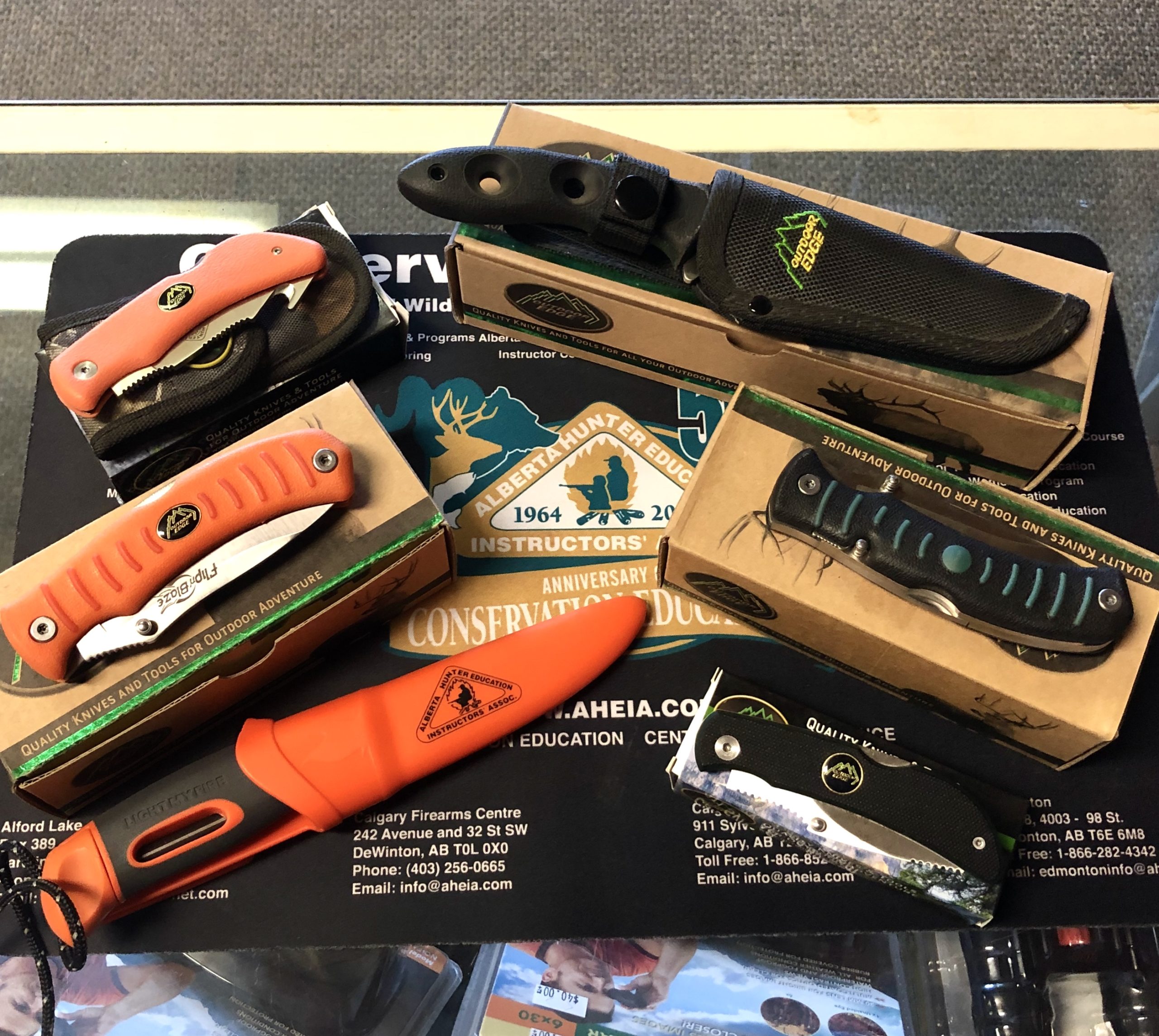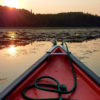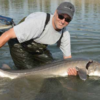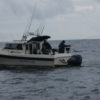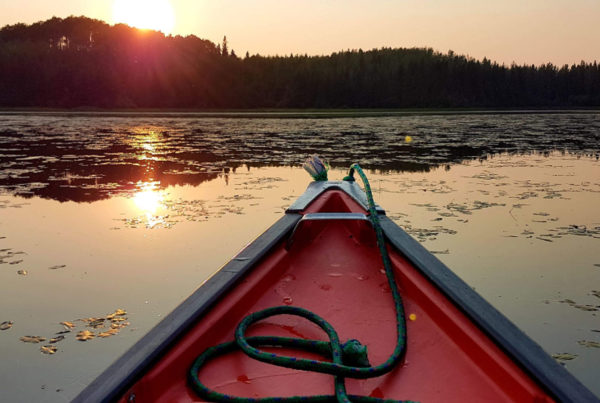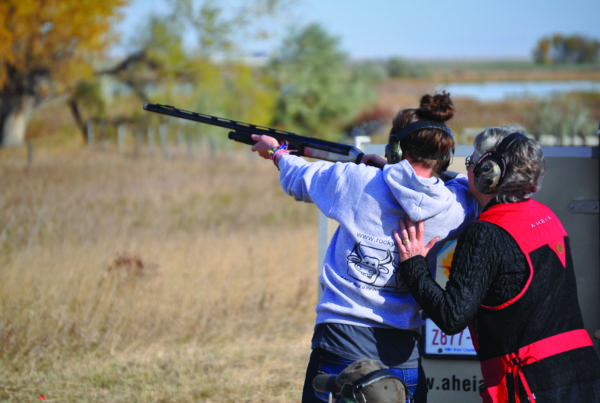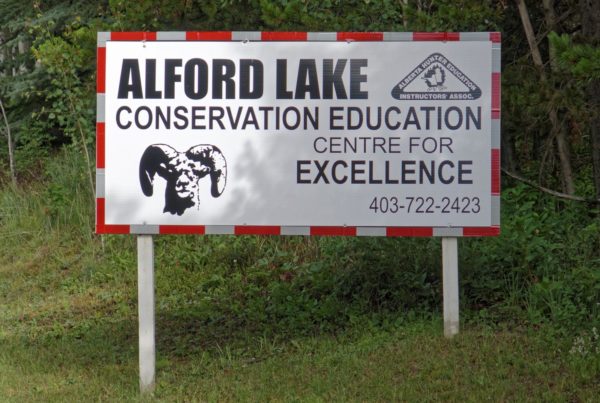So you’ve just completed your Canadian Firearms Safety Course and possibly your Hunter Education Certification Course and decided to get into the sport of hunting or you’re an experienced hunter looking to mentor a new hunter that has questions about the information they need to purchase their first big game rifle. A big game rifle for a new hunter can be an overwhelming and expensive purchase to make; it is typically the most expensive single piece of equipment to buy to start hunting. Before you head to the local sporting goods store there is research you should do before you go.
Cartridge Selection
The age-old debate of which cartridge to choose for a first hunting rifle, or any hunting rifle for that matter, has been ongoing and there is no right answer. If you asked ten different hunters, you would probably end up with ten different answers. Every person will have a personal preference with their own experience to back up their opinion. Legal caliber in Alberta must be .23 or larger and, saying that, there is a wide variety of cartridges available between .23 and .50 that are commonly used. My suggestions for which to choose comes from a range of thoughts and what I’ve found talking to different sources. I’m not going to come out and say one cartridge or another based on personal bias but rather give you some facts to consider when selecting the right cartridge for your own needs.
Ammunition availability depends on where you live and what stores are in the area. Go to those sporting goods stores and look at the ammunition choices they have. There is a big difference between the big box stores and local dedicated sporting goods stores. With any rifle you will want to practice shooting with your setup prior to hunting so you will learn where the firearm is shooting at different distances and get used to the firearms recoil and how it performs. While practicing you should test recoil of various cartridge choices. A lower recoiling cartridge would be preferred cartridge for a first rifle as it is less likely to develop a ‘flinch’ in the shooter. Cartridge cost is another factor to take into consideration. A good example for what to look for is the .308 Winchester. This ammunition is readily available, it has lower recoil compared to other .30 caliber cartridges, it is quite capable of humanely killing any big game animal in Alberta at reasonable distances, there are a wide variety of rifles chambered in .308 WIN plus it is widely available, for reasonable prices almost anywhere ammunition is sold.
Rifle Selection and Firearm Optics
As with the cartridge selection, there is no right answer to this question either. A suggestion is to go out and attempt to try as many different combinations as you can before making a decision. When looking for a rifle you need to determine whether you want to look at new or used firearms. Another factor to consider is the optics, or sights, on your rifle to be added into the cost. A rifle can cost anywhere from $200 to as much as you’re willing to spend and, if purchasing separately, a telescopic sight can cost as much or more than the rifle itself.
The buyer’s budget will effectively determine what options are available. If buying used firearms, it is not a bad idea to take them to a qualified gun smith to determine if they’re safe to use or if they have any wear that could be detrimental. Looking for new guns can be overwhelming when walking into a large sporting goods store with an entire wall dedicated to gun sales. If you haven’t had a chance to shoot the rifles in your price range, then at the very least pick them up and work the action open and closed and get a good feeling for it as well put it up to your shoulder. It should feel comfortable and natural to place there and easily align your cheek with the stock and sights. The fit of the rifle in combination with the weight and recoil of the cartridge you have selected will all attribute into the recoil you will feel. With a comfortable fit and a cartridge with reasonable recoil the new hunter will be able to practice more, gain skills and prevent some bad habits such as flinching and fearing the recoil.
When buying a rifle, you will have the option to buy a combination package with a rifle and scope, or just the rifle itself and add the scope on afterwards. Some package rifles will come with a non-branded entry level scope. These scopes are serviceable to start, but most likely will be replaced with higher quality optics as the first upgrade. Other rifle combinations come with a higher quality, name brand scope with its own warranty. These scopes will be a higher quality product and will last longer without feeling the need to upgrade immediately. Combination rifles will typically vary in price between $450-$1000 depending on manufacturer and scope quality.
Building your own setup is a very good option as well as it lets you have more input into what components you have. A bare rifle can be fit into any budget from inexpensive to extravagant in cost and anywhere in between. Rifle scopes can also fit into that category with many people suggesting spending similar money on the rifle and the scope itself. The adage goes you cannot shoot what you cannot see, meaning that higher quality glass on the scope and better coatings will absorb more light and give you a better picture in low light situations such as in dense cover or close to dawn or dusk. Scope mounts are an additional cost to consider in your budget as they will typically cost $50-$100 on average.
Many modern rifles come with no sights on them and are drilled and tapped for scope mounts, meaning that they typically cannot be used until some sort of sights are added onto the rifle itself. Most commonly a variable magnification scope is mounted on top of the rifle and used to aim the rifle at the chosen target. The magnification of a scope can be fixed or variable, 3-9×40 or 4-12×40 are very common scope magnifications that fit well with most hunting situations. This means the magnification will vary by making objects appear 3 to 9 times closer than the naked eye; the 40mm objective lens will allow enough light to be functional during hunting times. The price point of the scopes will vary by manufacturer as well as the quality of glass and the type of coating on the lenses. Typically, you get what you pay for and more expensive scope will have better glass and will allow you to see better in low light situations.
Having good optics on the rifle can make or break a hunt, if you cannot see the animal through the scope you will not be shooting at it. Make a budget and stick to it, but if you have extra money to spend in the setup then I would highly recommend spending it on the optics side of the package, as this is typically the first thing that hunters will replace on a packaged firearm.
